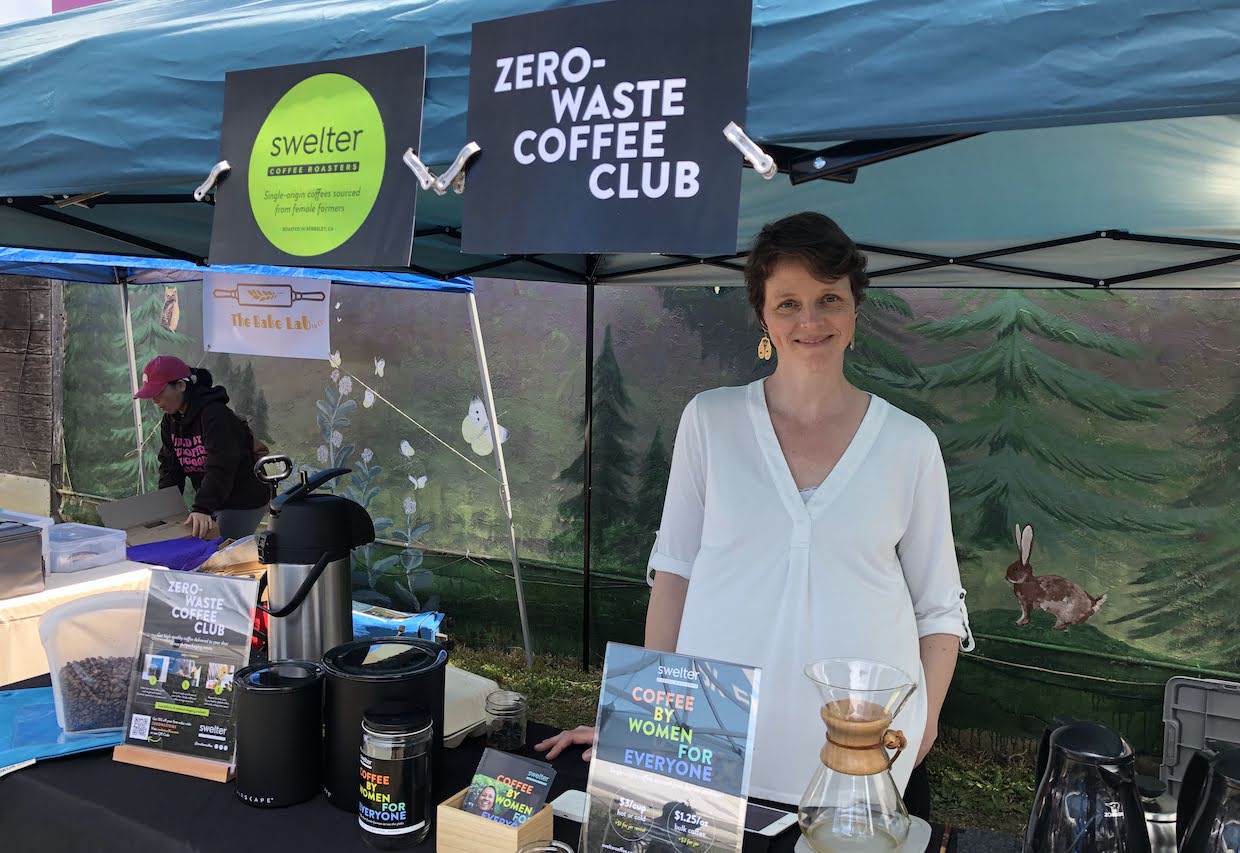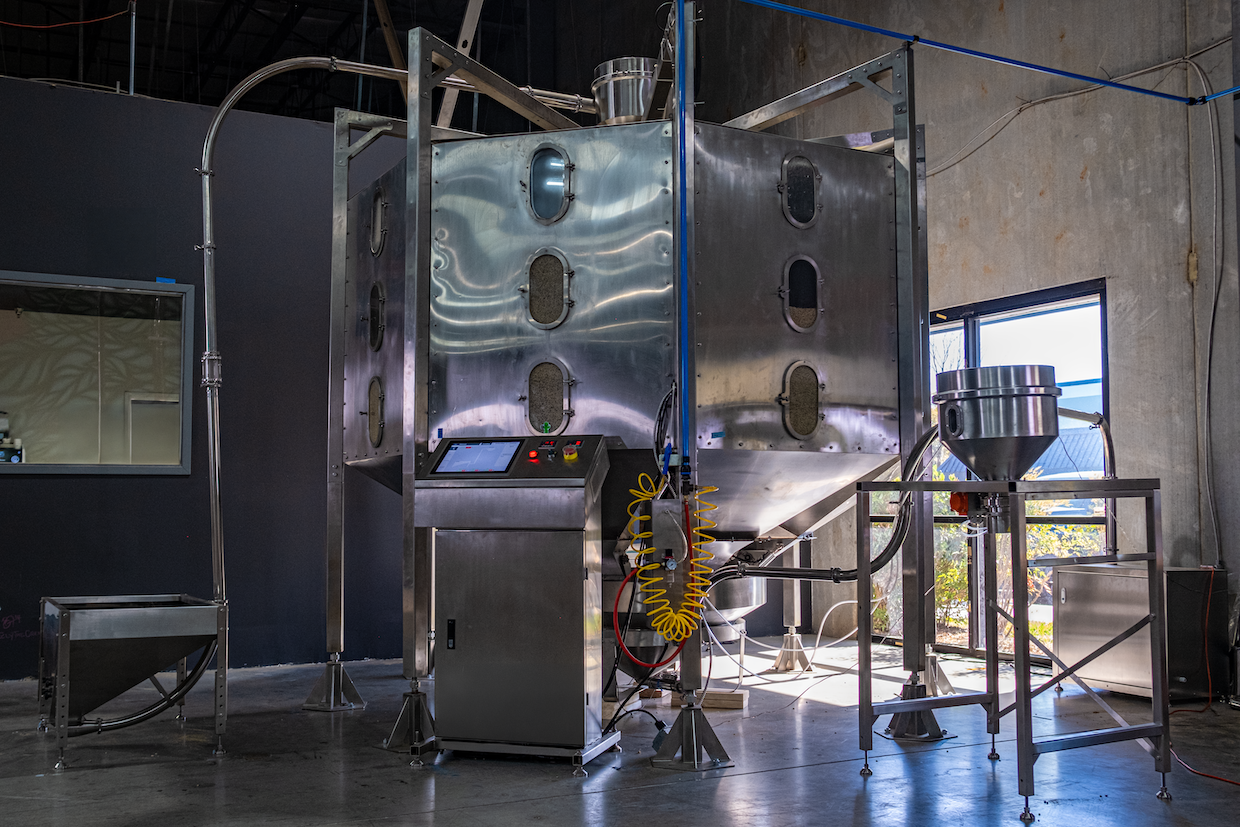Coffee pricing is complicated. There are many factors that influence how coffee is sold, including supply and demand, quality, weather conditions, and geopolitical events.
Quality is especially important for pricing specialty coffee, as different scores command a range of prices. However, consistent quality isn’t always guaranteed. Affected by climatic and harvest conditions, producers sometimes have less control than expected.
Relying too much on quality to dictate prices could harm producers, but simply basing prices on consumer demand can prove difficult and lead to additional challenges. Other options exist, such as selling coffee based on origin and flavour; however, these aren’t as straightforward as we might think.
To learn more, I spoke to Spencer Turer, Vice President of Coffee Enterprises, and Thaleon Tremain, the CEO of Pachamama Coffee.
You may also like our article on how much of the final price of a cup of coffee producers receive.


Understanding coffee prices
The C price is the global benchmark for the price of green arabica beans. At its most basic level, it’s determined by supply and demand:
- If there is a shortage of coffee, the price will go up (and may become too high that fewer people buy coffee)
- If there is a lot of coffee available, the price will fall (and more people will buy higher volumes to capitalise on lower prices)
However, many other complex factors also influence the market price for coffee, meaning the supply-demand balance isn’t as simple as we think. External factors like weather conditions, geopolitical events, and currency fluctuations can all impact coffee prices.
Specialty coffee, however, can be sold outside of the C market. Although it’s still subject to wider market movements that influence pricing, specialty coffee is differentiated from commodity coffee based on certain factors.
Spencer Turer is the Vice President of coffee and tea quality testing consultancy Coffee Enterprises.
“The price of specialty coffee is determined by supply and demand, physical grade, cup profile, and logistics costs,” he says. “The perceived quality of a coffee, for example, high-scoring coffees at auction, impacts the price based on flavour quality, limited quantity, and excitement about exclusivity.”
Pricing for roasted coffee, meanwhile, is based on business strategies, as Spencer explains.
“The price for roasted coffee takes into account the costs for green coffee and production, then the prevailing retail prices are reviewed to be sure they are within the company’s overall strategy compared to other products,” he says. “Some roasters charge more than others as a sign of perceived quality, while some set mid-range prices to compete with other brands. Others may set their price at the market low to capture the attention of consumers and hope for a larger quantity of sales.”


Considering other models for pricing coffee
Quality is an integral part of green coffee pricing, especially for specialty-grade beans. But given that the market has reached historic highs in recent months and many producers aren’t reaping the benefits, it’s important to address how relying on quality to dictate price can create challenges.
Thaleon Tremain is the CEO of Pachamama Coffee, a cooperative which is fully owned by smallholders in Peru, Nicaragua, Guatemala, Mexico, and Ethiopia.
“Quality is highly subjective and, in coffee, determined by the buyers,” he says. “In fact, the specialty coffee industry has gone to great lengths to define quality with little, if any, input from the producers themselves.”
Although it is a systematic and universally accepted system, the current method for defining coffee quality is based on standards set by the Specialty Coffee Association and the Coffee Quality Institute. Originally established to incentivise producers to prioritise quality by offering higher returns, rising production costs in recent years have made this increasingly difficult to achieve.
To improve producers’ economic stability in the long term, it’s important to consider other pricing mechanisms for green coffee.
Consumer prices
“The price paid to the farmer should be about 25% of the retail market price,” Thaleon says. “For example, if the coffee retails for US $16 for a 12oz bag of roasted coffee, the farmer would receive at least US $4.53/lb for freight on board price, assuming a 15% reduction in weight after roasting.”
Spencer, however, points out that this could be a difficult system to implement.
“Demand for coffee is different from continent to continent, country to country, and region to region,” he says. “This may result in vastly different prices for a particular coffee in different locations, and how would this be managed with products that can be purchased online and shipped anywhere in the world?
“There are risks when low supply, high demand, and exclusivity increase the price beyond what the consumer is willing to pay,” he adds.
Origin
Another possible method is to price specialty coffee based on its origin. The Intercontinental Exchange already implements differentials (i.e. the difference between the market price and contract price) for different producing countries, which can change for a number of reasons, such as improved quality or shifts in supply and demand.
In January 2024, ICE announced increases in price differentials for four major producing countries. Colombia’s, Kenya’s, and Costa Rica’s premiums all increased to US $0.10/lb, while Guatemala’s differential increased to US $0.05/lb.
These premiums incentivise producers and exporters to deliver larger volumes of coffee to the exchange, increasing certified stock levels and stabilising market prices. However, the ability to do this largely depends on the country’s production costs. If it’s more expensive to produce coffee, farmers and exporters are less likely to sell to the exchange and
In theory, Thaleon believes a similar framework could also work well in direct trade models. “Origin is less subjective than other factors and is clearly a large component of the value contained in specialty coffee today,” he says.
Spencer, however, points out that the value attributed to different origins isn’t objective and could result in bias, putting producers in some countries at a disadvantage.
“We would have to look to other industries and commodities for guidance when considering pricing based on country of origin, demand, and value,” he explains. “For example, are wines from France more valuable than wines from South Africa or Chile? In a blind taste comparison, would consumers also be able to identify the origin?”
Flavour
Flavour is already an essential part of quality assessment for SCA and CQI protocols and, therefore, influences prices paid. Considering that many consumers purchase coffee largely based on tasting notes, there’s a clear argument that flavour profile could have a greater impact on prices paid for green coffee.
But pricing coffee on flavour alone comes with a number of challenges, especially since flavour preferences are highly subjective.
“Flavour should be the primary driver for quality and value,” Spencer says. “Cup scores and profile descriptions should be part of the pricing models, however, we must always remember that flavour perceptions are based on opinion. What one person likes and values may not be shared with another. That said, when coffee is sweet, aromatic, and complex, its value and price should increase.”
He further emphasises the disconnect between coffee professionals and consumers when it comes to flavour preferences.
“Coffees with intense fruity and floral flavours that cuppers score highly and find exciting may not be valued and appreciated by consumers in the same way.”


The growing need for fairer coffee prices
It’s evident that selling coffee based on origin or flavour alone can’t improve economic stability for producers, but there’s a clear need to explore alternative pricing models. For the specialty coffee industry to maintain its growth, producers need to be able to invest in growing high-quality coffee, which is becoming increasingly costly.
“If we want coffee farmers to get paid enough to stay in production and invest in their farms and protect the environment, then FOB prices should cover the cost of production plus an additional 20%,” Thaleon says. “The more we pay above the cost of production, the more the farmer profits.
“The price of cherry and parchment sold at the very start of the supply chain should be set at a sustainable level for producers,” he adds.


Recent market volatility highlights the many challenges associated with current coffee pricing models. Considering other options, such as origin and flavour, is useful but not so straightforward.
Ultimately, there’s no one-size-fits-all solution. Taking into account the rising costs of production for farmers, however, is one of the biggest factors we must account for.
Enjoyed this? Then read our article on why relationships are about more than paying good prices for specialty coffee.
Photo credits: Julia Luckett Photography, Pachamama Coffee
Perfect Daily Grind
Want to read more articles like this? Sign up for our newsletter!











